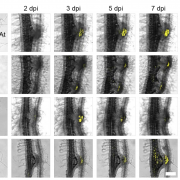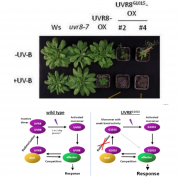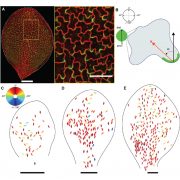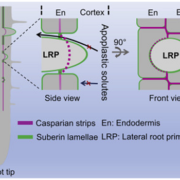Update: Root plasticity and internal aeration
Introduction
 Root acquisition of water and nutrients is essential for plant growth and crop productivity (Lynch, 2015). An improved understanding of root system development and functioning, to identify root traits contributing to crop yields in various scenarios, is a research frontier that might enable a second “Green Revolution” needed to sustain world food security (Lynch, 2007). Roots are challenged by various abiotic and biotic constraints in soils, with water status of too little or too much being a major factor resulting in plant stress. Changing rainfall patterns have resulted in increased flood events in many regions, so that development of flood tolerant crops is a priority (Bailey-Serres et al., 2012). Water-saturated soils (i.e. waterlogged soils) are often anoxic so that roots of poorly adapted species suffer O2 deficiency that reduces respiration and results in a severe energy crisis, whereas well-adapted wetland species can thrive (Bailey-Serres and Voesenek, 2008). The detrimental impact on ‘upland’ crops of soil waterlogging can be substantial (e.g. wheat, Setter and Waters, 2003; Herzog et al., 2016).
Root acquisition of water and nutrients is essential for plant growth and crop productivity (Lynch, 2015). An improved understanding of root system development and functioning, to identify root traits contributing to crop yields in various scenarios, is a research frontier that might enable a second “Green Revolution” needed to sustain world food security (Lynch, 2007). Roots are challenged by various abiotic and biotic constraints in soils, with water status of too little or too much being a major factor resulting in plant stress. Changing rainfall patterns have resulted in increased flood events in many regions, so that development of flood tolerant crops is a priority (Bailey-Serres et al., 2012). Water-saturated soils (i.e. waterlogged soils) are often anoxic so that roots of poorly adapted species suffer O2 deficiency that reduces respiration and results in a severe energy crisis, whereas well-adapted wetland species can thrive (Bailey-Serres and Voesenek, 2008). The detrimental impact on ‘upland’ crops of soil waterlogging can be substantial (e.g. wheat, Setter and Waters, 2003; Herzog et al., 2016).









